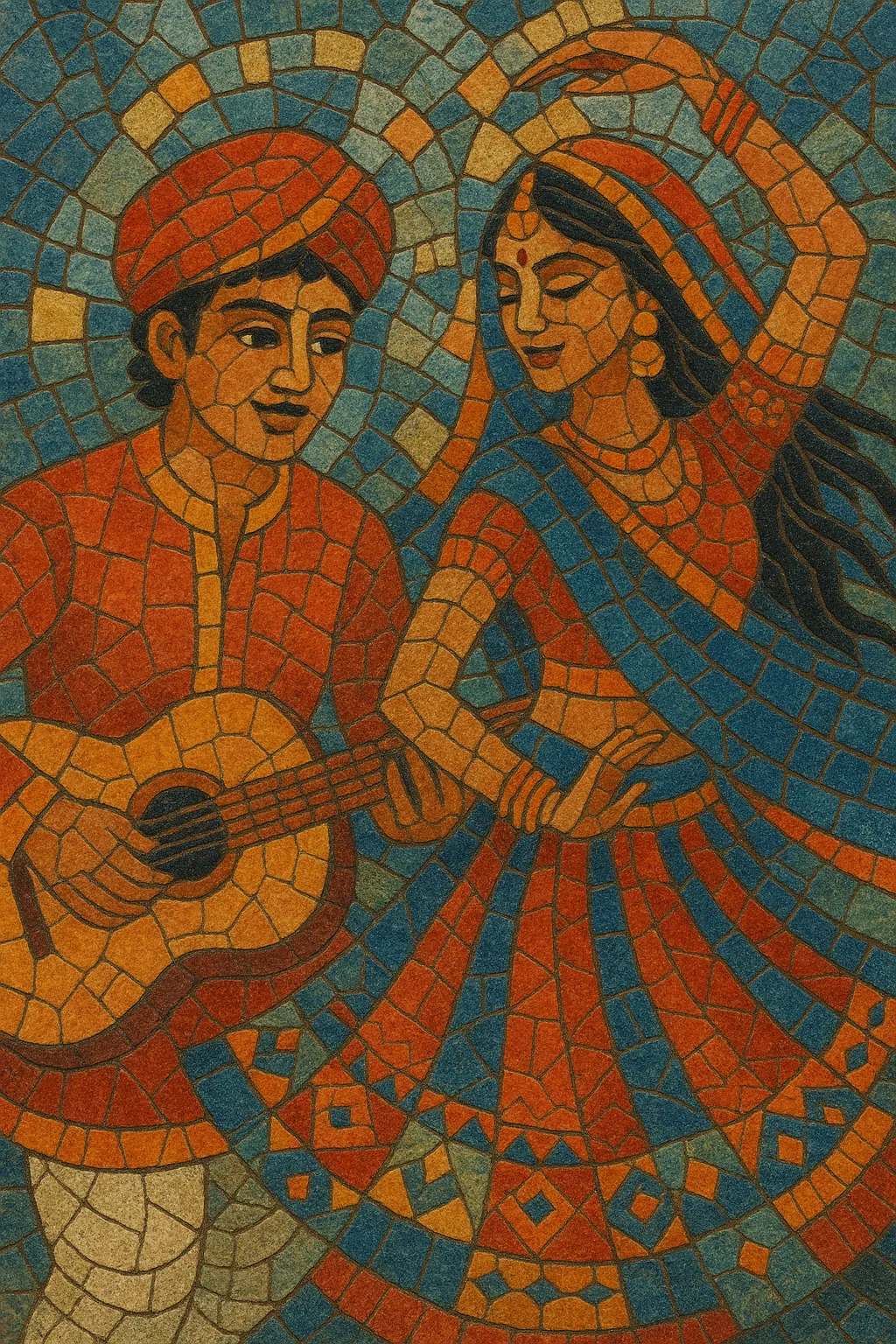Gujarati pop is contemporary popular music performed primarily in the Gujarati language, blending regional folk idioms with pan-Indian pop, Bollywood/filmi aesthetics, and global dance-pop production.
Built around catchy hooks, upbeat rhythms suited to Navratri and wedding festivities, and melodic lines informed by Hindustani and Gujarati folk modes, the style ranges from devotional-tinged celebrations to romantic ballads and high-energy dance singles. In the 2010s–2020s, YouTube, short‑video platforms, and a revitalized Gujarati film industry helped propel a wave of independent singers and producer-led singles, often fusing garba/dandiya grooves with EDM, electropop, and mainstream Indian pop.
Cassette culture and regional labels in Gujarat nurtured non‑film Gujarati recordings—ghazals, devotional songs, and folk‑pop—laying foundations for a modern pop approach. Singers with classical or folk grounding began experimenting with lighter arrangements and romantic themes outside of film contexts.
With the pan‑Indian Indipop boom, Gujarati‑language pop gained new confidence. Stage‑driven dandiya/garba shows popularized upbeat, hooky songs during Navratri, while television and diaspora events amplified demand. The era normalized slicker production—synths, drum machines, and guitar layers—alongside traditional percussion.
Streaming, YouTube, and short‑video apps dramatically expanded reach. Independent artists began releasing singles that fuse garba/dandiya and EDM drops, or crooning ballads shaped by Hindustani and filmi sensibilities. Gujarati cinema’s resurgence supplied high‑profile soundtracks, and festival circuits (Navratri, weddings, campus fests) sustained a market for dance-forward pop. Viral hits by young performers and producer‑singer collaborations cemented Gujarati pop as a distinct, fast-evolving regional pop ecosystem within Indian music.
Typical Gujarati pop toggles between dance anthems (often 4/4 with garba/dandiya rhythmic motifs) and emotive mid‑tempo songs. Melodies lean on raga-informed phrases (e.g., Khamaj/Desh/Bilawal flavors) while harmonies stay diatonic with accessible I–IV–V movements. Lyrics span love, celebration, devotion (especially during Navratri), and regional pride, delivered in contemporary Gujarati with occasional Hindi/English code‑switching.


